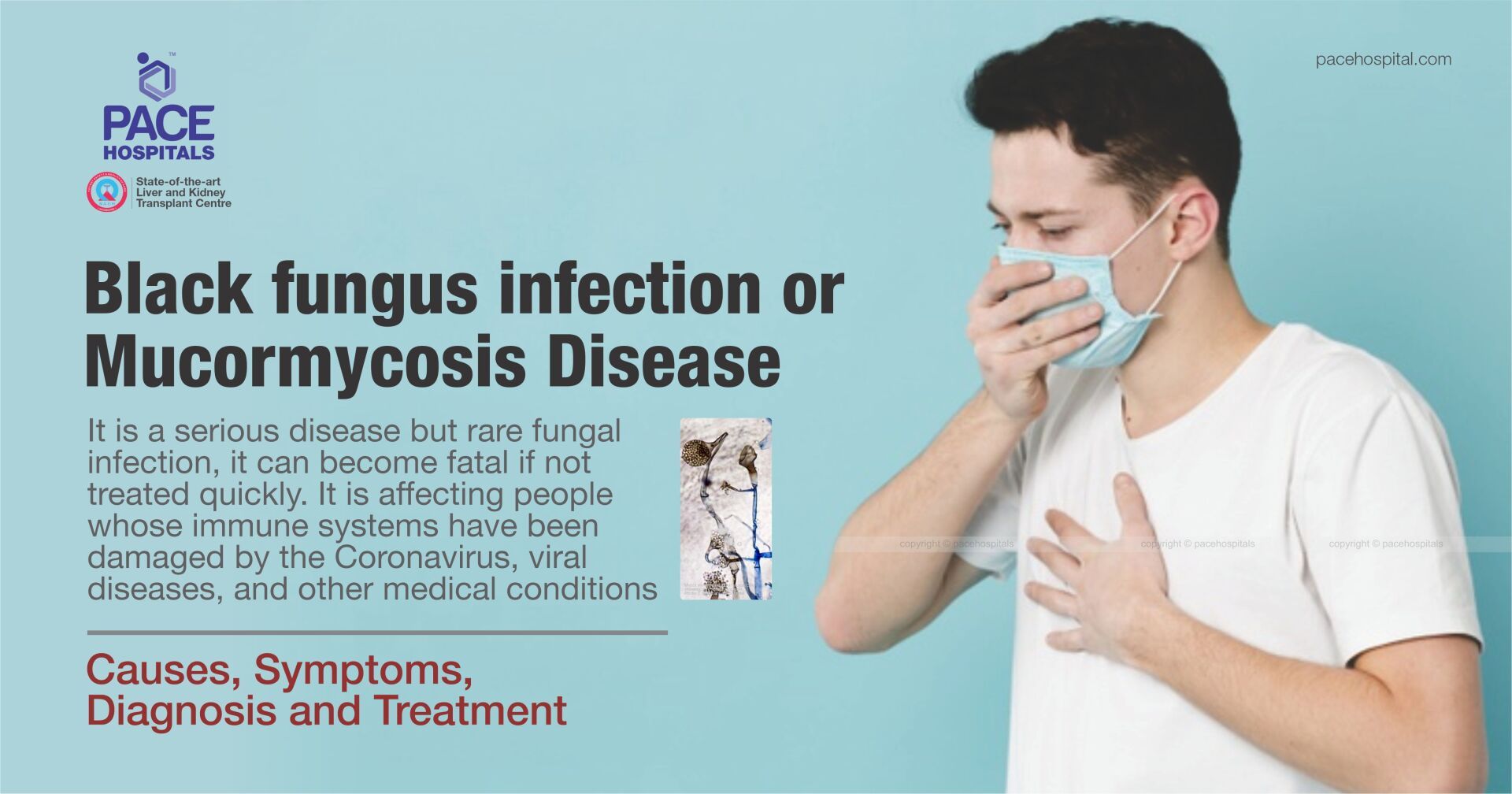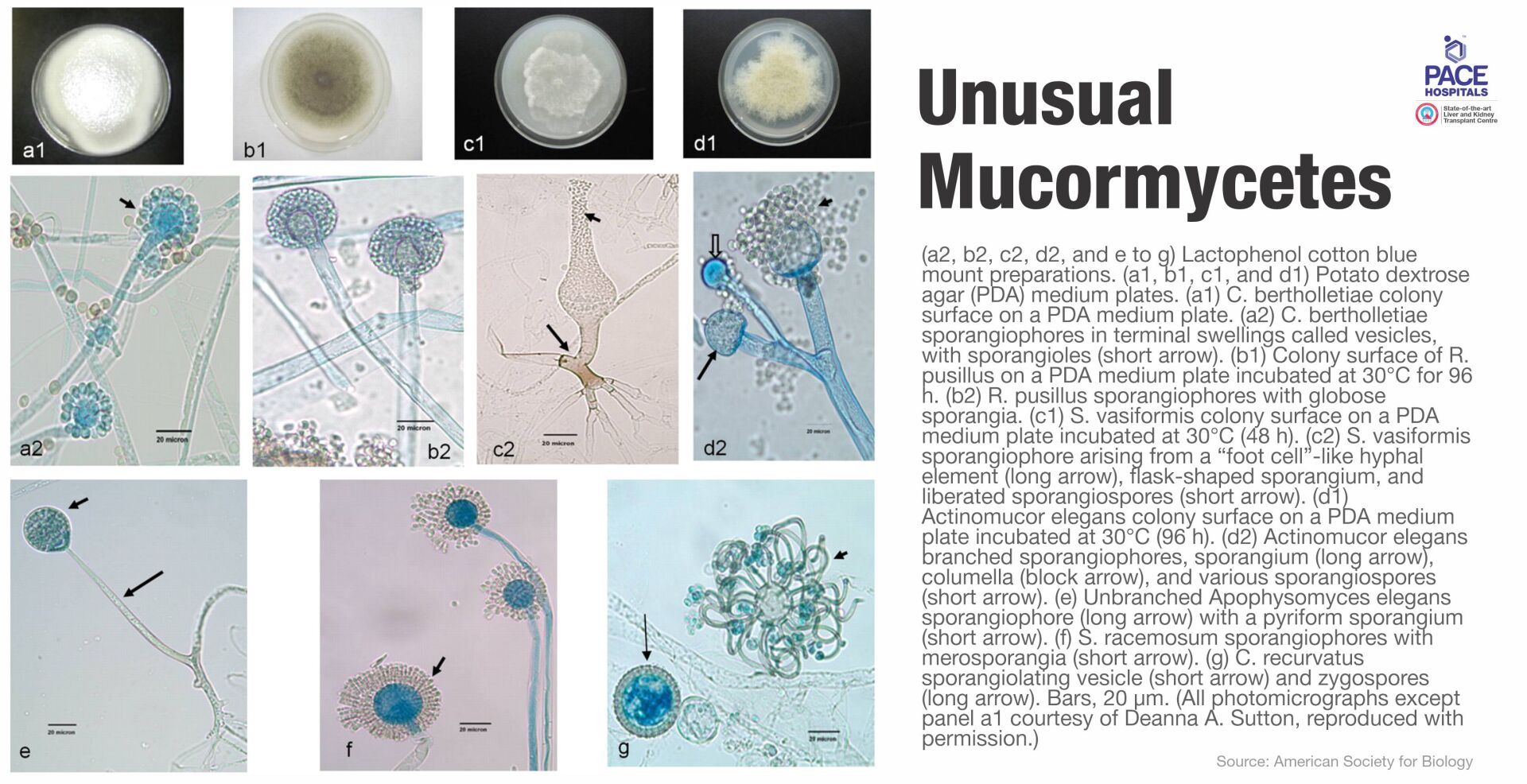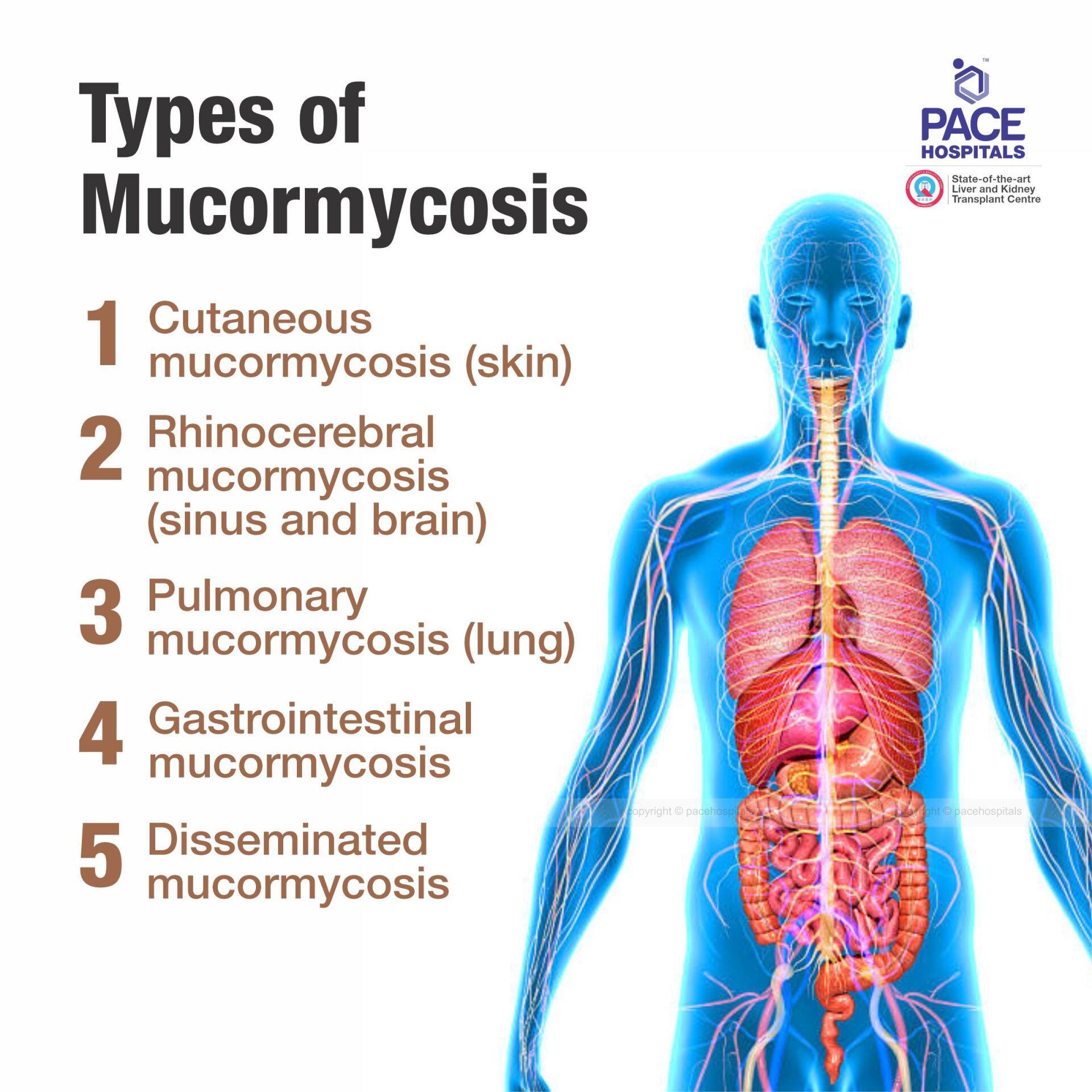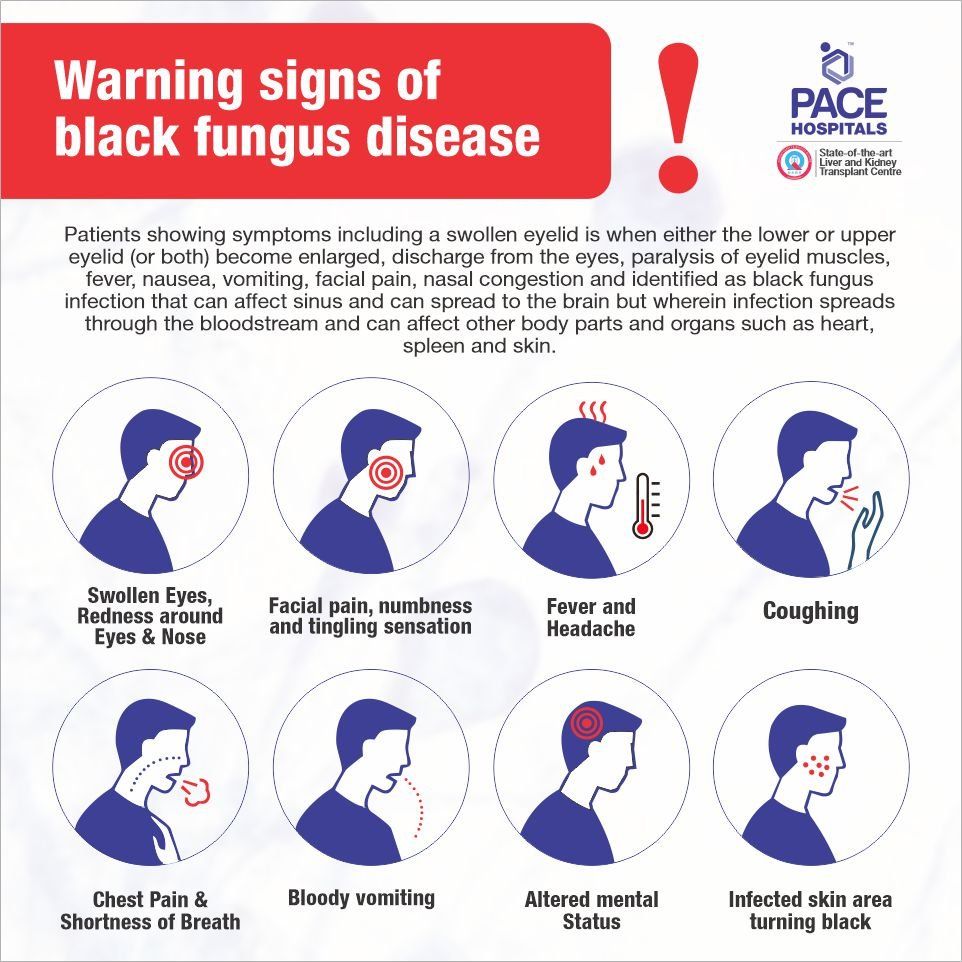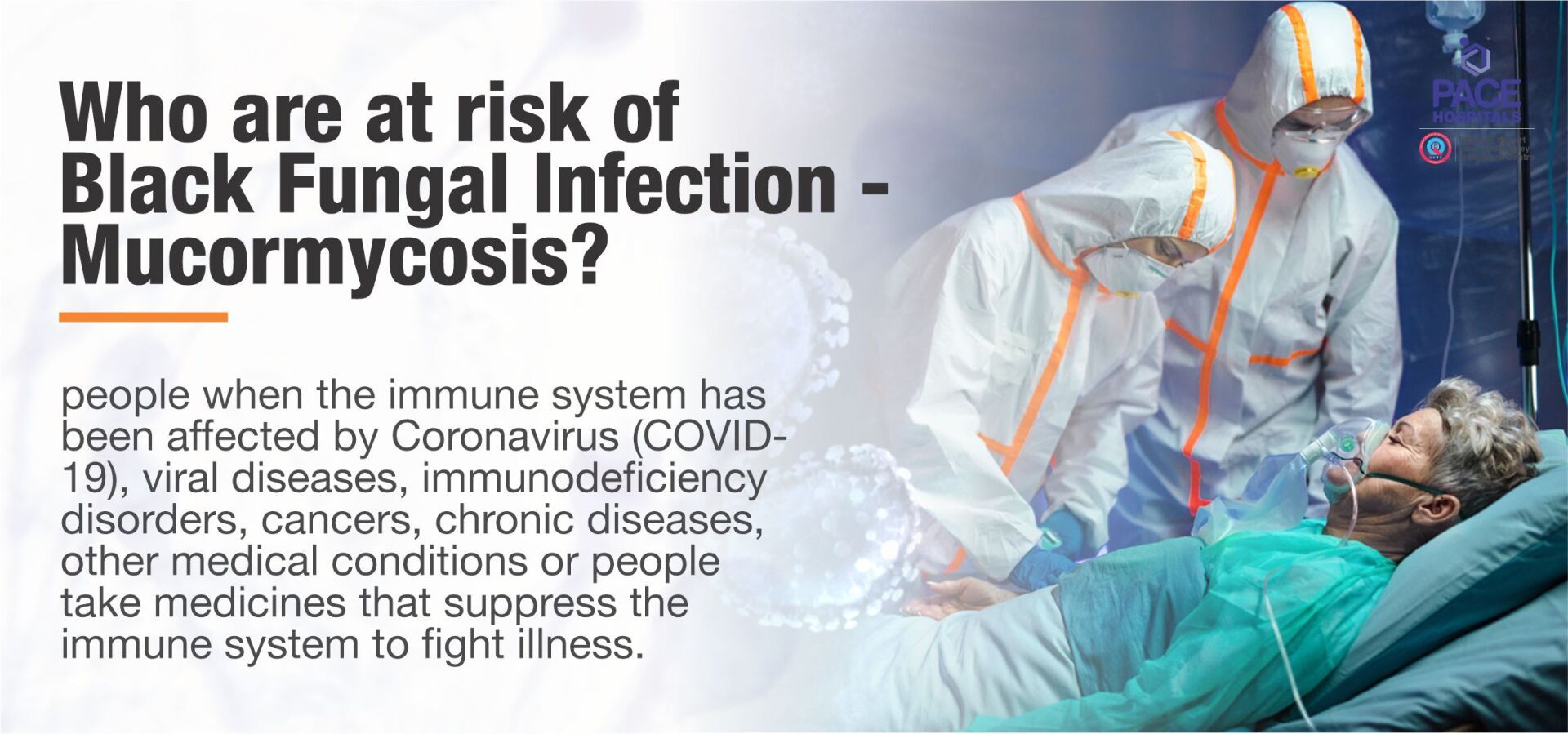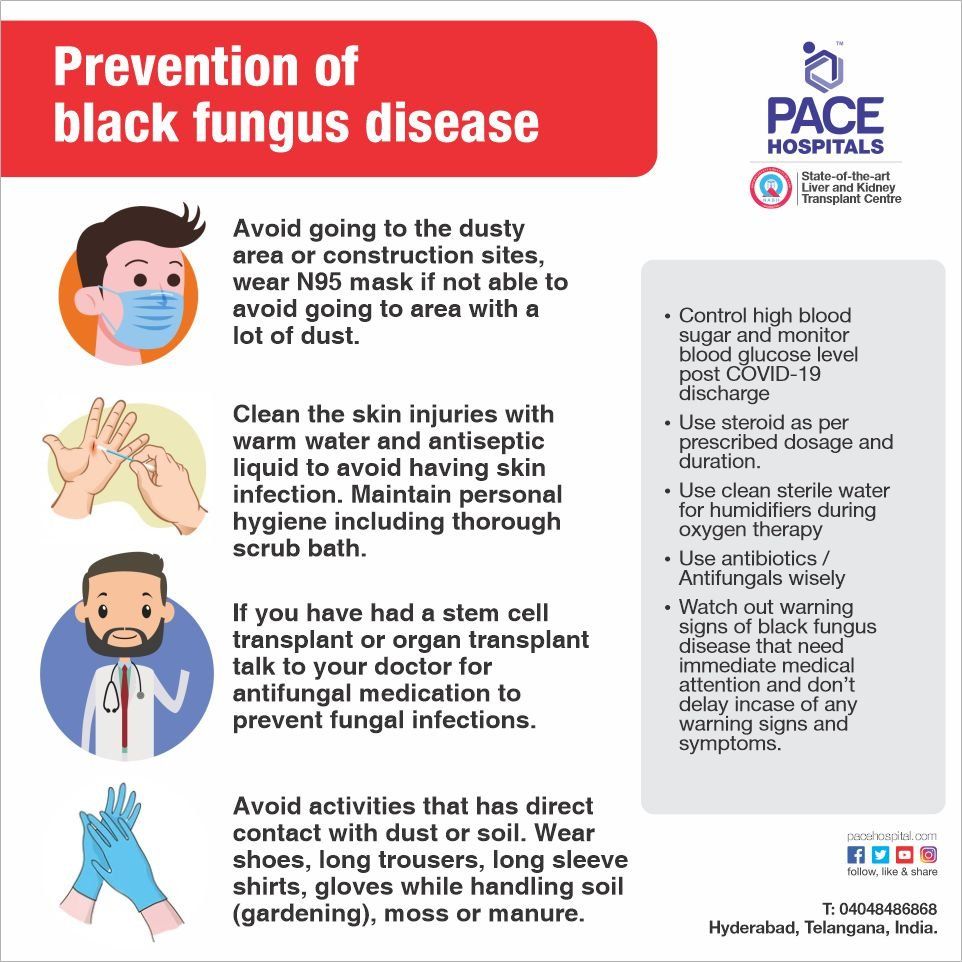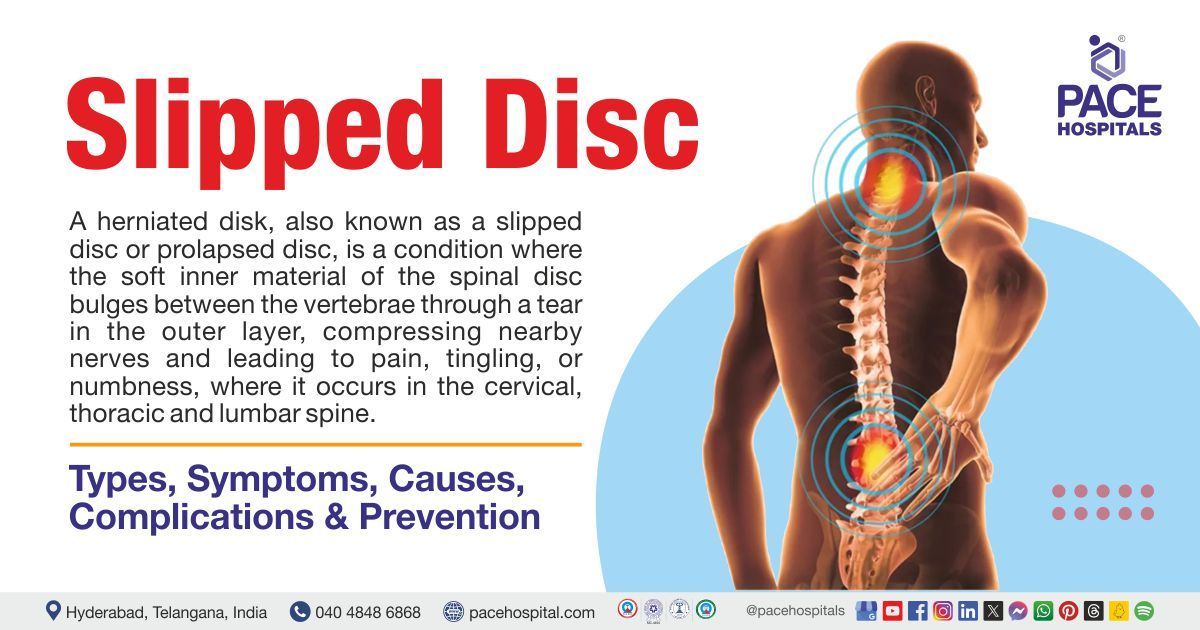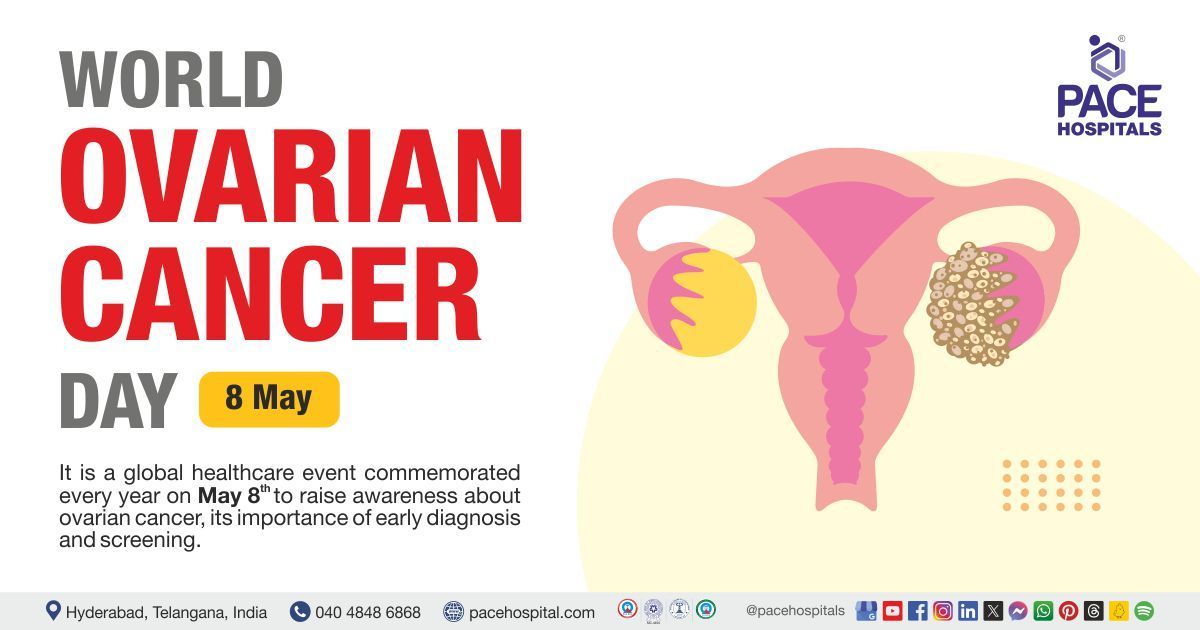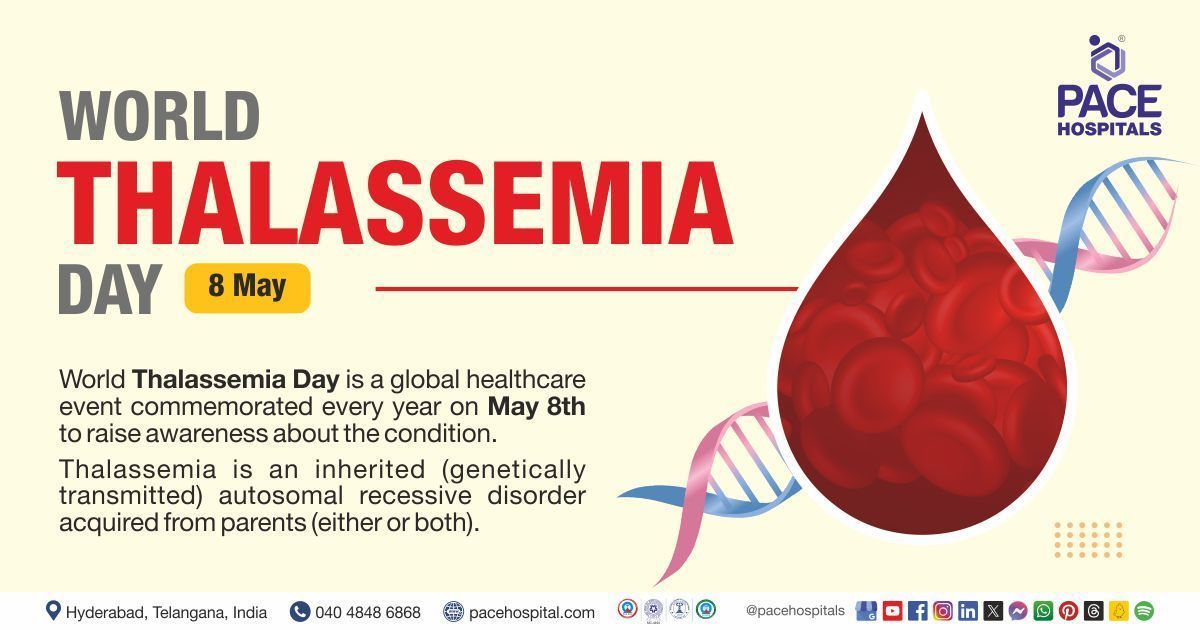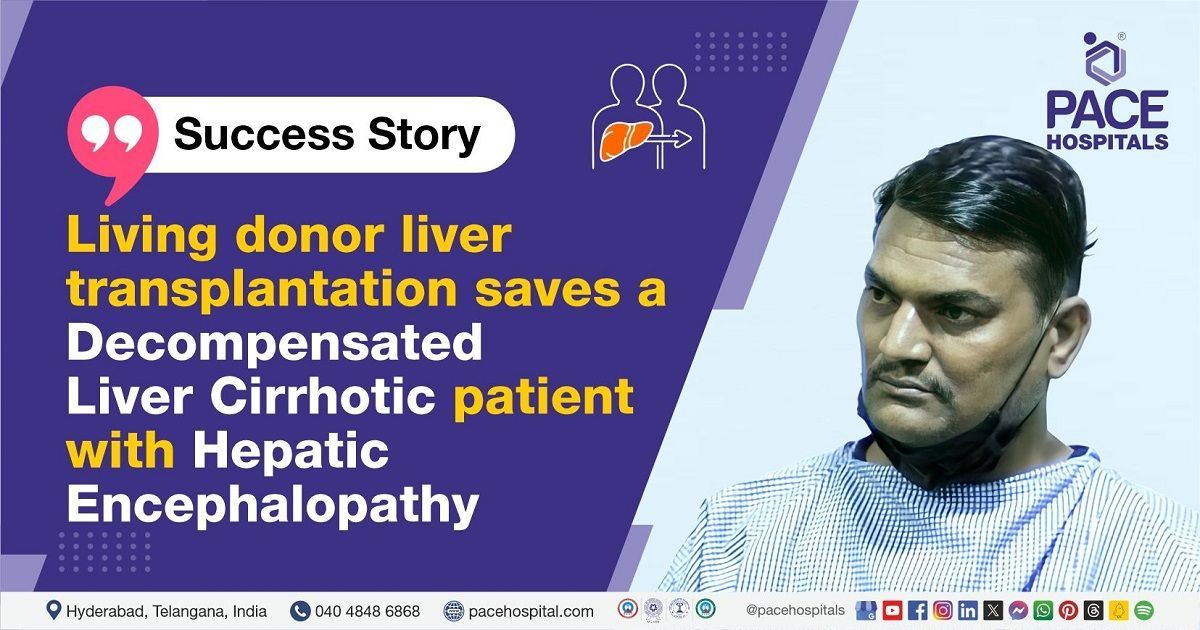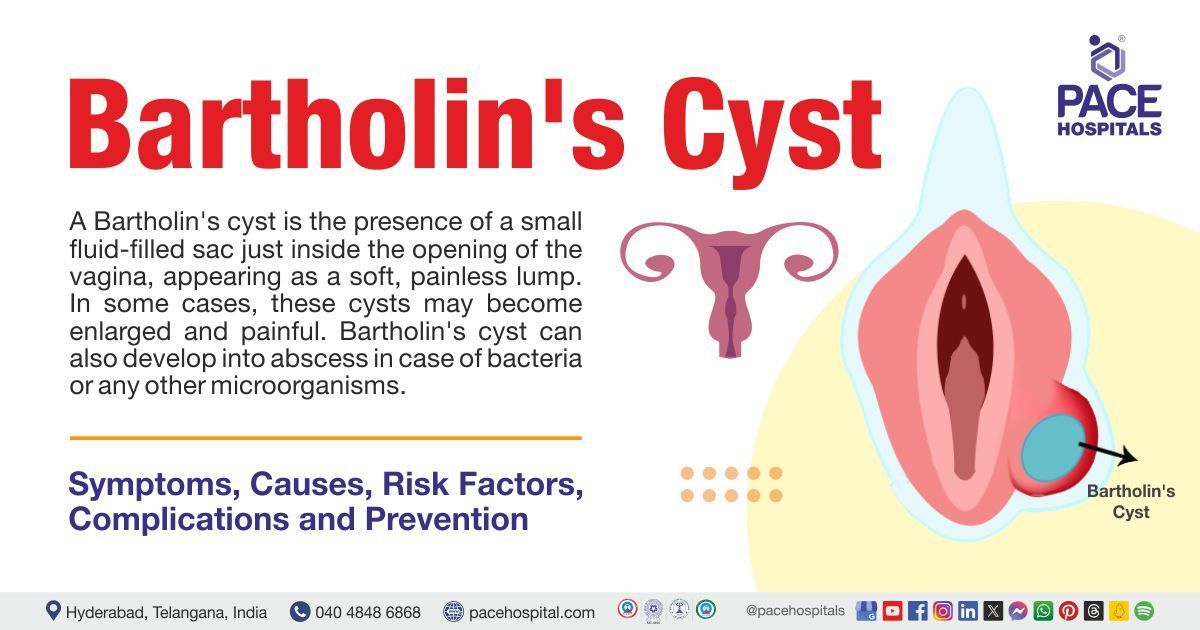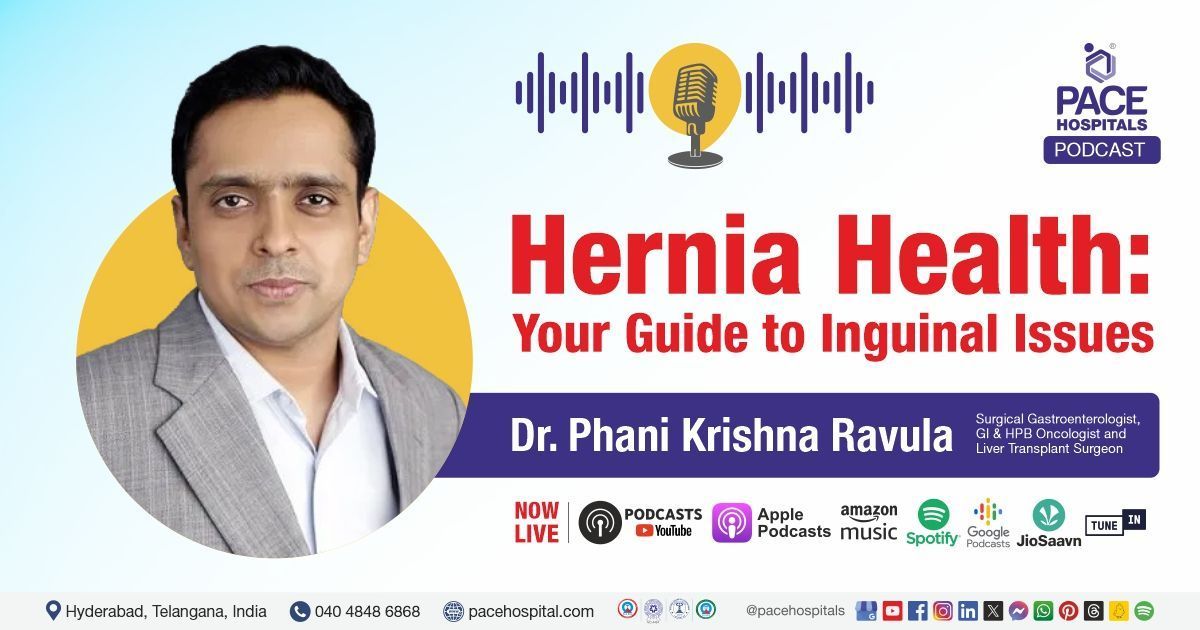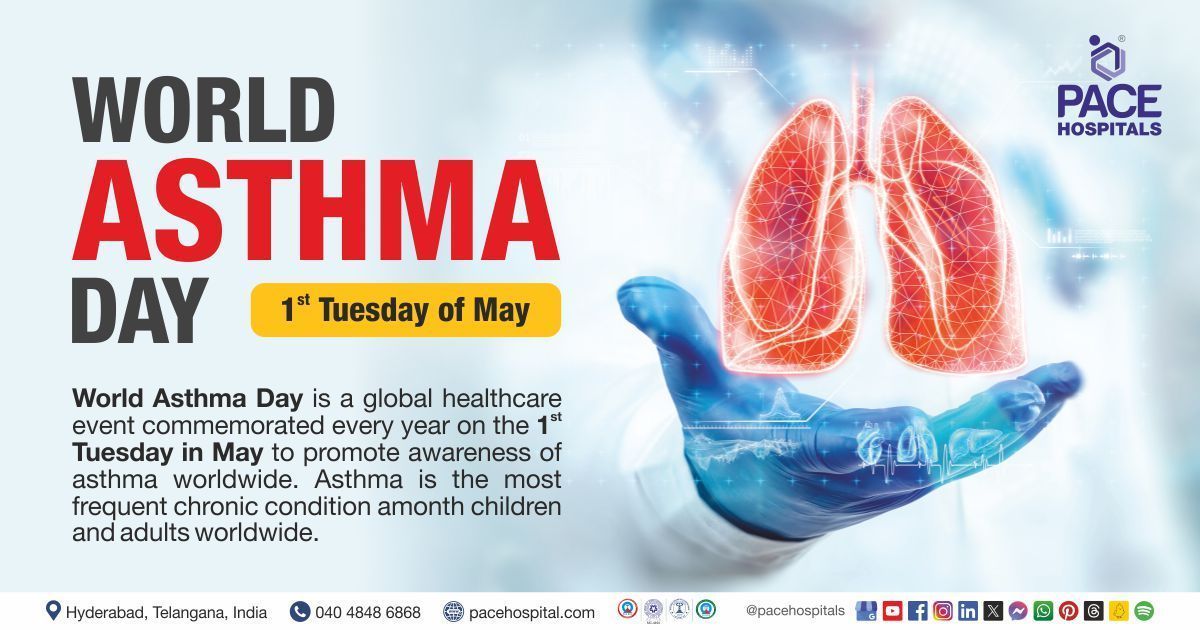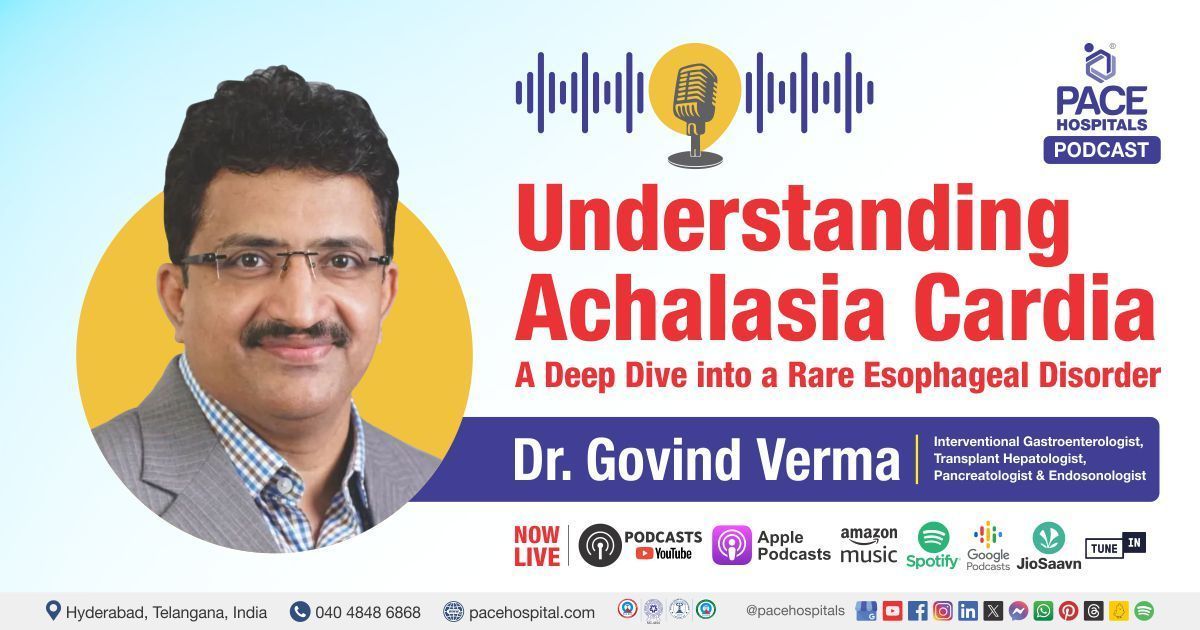Black Fungus Infection - Mucormycosis Disease: Causes, Symptoms, Diagnosis and Treatment
Black fungus infection or Mucormycosis is a serious disease but rare fungal infection, it can become fatal. 50-80% of patients could die with it if not diagnosed and treated quickly at early stages. This usually occur in people when the immune system has been affected by Coronavirus (COVID-19), viral diseases, immunodeficiency disorders, cancers, chronic diseases, other medical conditions or people take medicines that suppress the immune system to fight illness.
Mucormycosis caused by fungi mucormycetes and molds belonging to the order mucorales are present in air throughout the environment, particularly in soil, decaying organic substrates, compost piles, animal dung, rotting wood and plant material. This can be easily observed as black colored growth on rotting fruits and old bread. Fungi play a very important role on Earth and required for healthy ecosystem, fungi evolved 400 million years ago. Fungi decompose organic litter and recycle the nutrients locked up in the leaves and wood.
Mucormycosis is a non-contagious disease, and it cannot transmit by direct or indirect contact between people or between people and animals. As per recent reports, 70% of the cases documented around the world related to mucormycosis (black fungus infections) associated with COVID-19 are in INDIA.
Fungi that are otherwise harmless but can take advantage of people with weakened immune system and invade tissues. This is why black fungus infections are also called as opportunistic Infections.
Mucor fungi produce millions of spores (dark-hued, microscopic spherical structures) that are disseminated in air. These spores when land on moist surfaces, like plant material, compost piles, animal dung or soil, they begin to germinate and produce thread like structures called mycelia. The mycelia branch out and feed on sugars in their surroundings and grow.
Fungal spores generally higher in summer than monsoon in INDIA. Outdoor around 800 to 4800 spores per cubic meter present compared to 80 to 280 spores per cubic meter inside house. Around 5 to 10 fungi species dispersed in the air.
What are the causes of Mucormycosis?
People get mucormycosis after inhaling fungal spores from the air through environment; cause lungs, brain or sinus infection whereas fungus enters through the damaged skin due to any type of skin injury to cause a skin infection.
Most of the people every day come in contact with microscopic fungal spores, so it’s highly impossible to keep ourselves away from mucormycetes. Generally these fungi aren’t harmful to most of the people. However, for people who have weakened immune systems, breathing in mucormycete fungi spores can cause an infection which can spread to other parts of the body and organs.
Rhizomucor, Mucor, Rhizopus, Cunninghamella bertholletiae, Saksenaea, Syncephalastrum, Apophysomyces, and Absidia fungi species commonly cause the infection.
What are the types of Mucormycosis?
As per the research black fungal infection can spread in a body through bloodstream, infect body parts and organs.
- Pulmonary mucormycosis (lung) - It is the most common in patients with cancer and in patients who have had a stem cell transplant or an organ transplant.
- Rhinocerebral mucormycosis (sinus and brain) - It is the sinus's infection that can spread to the brain. This is most common in patients with uncontrolled diabetes and in patients who have had a kidney transplant.
- Cutaneous mucormycosis (skin) – It is the skin infection when fungi enter the body through damaged skin (due to surgery, severe burn or any type of skin injury). This is the most common among people who do not have weakened immune systems.
- Gastrointestinal mucormycosis - It is common among young children especially low birth weight and premature infants age less than 1 month, who have had surgery or on medications that lower the body’s ability to fight illness.
- Disseminated mucormycosis – It is the infection commonly affects the brain but when infection spreads through the bloodstream and can affect other body parts and organs such as heart, spleen and skin.
What are the symptoms of Mucormycosis?
Mucormycosis disease can affect multiple organs and body parts. It can lead to blackening or discoloration over the nose, blurred or double vision, chest pain, breathing difficulties and coughing of blood. Symptoms depend upon the infection where the fungus growing in the body.
Pulmonary mucormycosis (lung) related symptoms –
- Difficulty breathing or shortness of breath
- Chest pain
- Fever (a temperature above 100 °F)
- Coughing that produce bloody or dark fluids
Rhinocerebral mucormycosis (sinus and brain) related symptoms –
- Fever
- Headache
- Sinus or nasal congestion
- Facial swelling one side
- Black lesions in upper inside of mouth or on nasal bridge
Cutaneous mucormycosis (skin) related symptoms –
- Facial pain
- A small bubble on the skin filled with serum
- Skin ulcers or skin infection in the air pockets located behind our forehead, nose, cheekbones, and in between the eyes and teeth
- Infected skin area turning black
- Warmth and excessive reddening
- Swelling around infection
Gastrointestinal mucormycosis related symptoms –
- Nausea and vomiting
- Abdominal or stomach pain
- Gastrointestinal bleeding
Disseminated mucormycosis related symptoms –
- It happens in the patients who are already suffering from other illness or chronic disease and difficult to distinguish the symptoms because patients already having other symptoms as well. Disseminated infection most commonly affects the brain, central nervous system and create situation like coma or other mental stage.
- A swollen eyelid is when either the lower or upper eyelid (or both) become enlarged and discharge from the eyes
- Paralysis of eyelid muscles
Who are at risk of Black Fungal Infection - Mucormycosis?
People those who suffering from these diseases or medical conditions are prone to develop mucormycosis due to reduced immunity caused by medical conditions or take medicines that suppress the immune system to fight germs and sickness.
- Coronavirus and other severe acute respiratory syndrome (SARS)
- Viral diseases like adenovirus infection, parainfluenza virus infection, flu (influenza), common cold, human immunodeficiency virus (HIV/AIDS), herpes, human papillomavirus (HPV), chickenpox, respiratory syncytial virus infection, infectious mononucleosis, mumps, measles and rubella, shingles, viral gastroenteritis (stomach flu), viral hepatitis, viral meningitis, viral pneumonia,
- Immunodeficiency disorders and other diseases such as ataxia-telangiectasia, chediak-higashi syndrome, combined immunodeficiency disease, complement deficiencies, diGeorge syndrome, hypogammaglobulinemia, job syndrome, leukocyte adhesion defects, panhypogammaglobulinemia, bruton’s disease, congenital agammaglobulinemia, selective deficiency of IgA, wiskott-aldrich syndrome, congenital bone marrow disease, hemochromatosis, severe burns, chronic kidney disease, chronic liver disease, liver cirrhosis, neutropenia, cancers and uncontrolled diabetes.
- During COVID-19 treatment patients who have prescribed for steroids treatment are particularly at risk because steroids suppress the immune system. Also, patients who have gone through organ transplant, stem cell transplant, depend on immunosuppressant drugs are at the risk of black fungal infection.
What are prevention and precautions to lower the risk of Mucormycosis?
It is impossible to stop breathing fungal spores because they are dispersed in the environment. Currently, there is no vaccine to stop mucormycosis and people who have weakened immune system should follow these guidelines to prevent the risk.
- Maintain personal hygiene including thorough scrub bath
- Avoid going to the dusty area or construction sites, wear N95 mask if not able to avoid going to area with a lot of dust.
- Avoid activities that has direct contact with dust or soil. Wear gloves, long shoes if doing any of the activity related to soil.
- Clean the skin injuries with warm water and antiseptic liquid to avoid having skin infection.
- If you have had a stem cell transplant or organ transplant talk to your doctor for antifungal medication to prevent mucormycosis or other fungal infections.
Testing and diagnosis for Mucormycosis
Based on medical history, physical examination, symptoms and infections areas, doctor may advise laboratory and imaging test to identify the evidence of mucormycosis. Following tests can help in identification of fungal infection -
- Laboratory test of fluid sample from respiratory system
- Tissue sample collection for biopsy
- Imaging tests - CT scan of your sinuses, lungs or other parts of body, depending on the suspected infection location.
What are treatment options of Mucormycosis?
Mucormycosis is a serious infectious disease, it can become fatal if not treated quickly. In cases where the infection identified at early sinus stage, mostly patients completely recover from it.
- Antifungal medicines (Liposomal Amphotericin B, Posaconazole and Isavuconazole) are given through a vein or by mouth.
- Often require a surgery to cut the infected tissue or parts.
Amphotericin B is an effective antifungal agent used to treat serious, life-threatening fungal infections but having strong side effects like blood in your stools, neurological issues such as seizure (convulsions), kidney dysfunction (such as little or no urination; painful or difficult urination, swelling in your feet or ankles), fluid build-up in your lungs, jaundice and stroke.
Patients might require an intravenous anti-fungal procedure up to 28 to 42 days.
Due to second wave of Coronavirus (COVID-19), twin cities Hyderabad and Secundrabad in Telangana recorded a new highest-ever surge in daily average cases that reported new serious and life-threatening disease i.e. Black fungal infection (mucormycosis). Government of Telangana health department declared it a notifiable disease under the Epidemic Diseases Act 1897. Director of Public Health made it mandatory for all government and list of hospitals treating black fungus in Hyderabad to report all suspected and confirmed cases to the Health Department. Department of Health, Medical & Family Welfare, Telangana under supervision of Greater Hyderabad Municipal Corporation (GHMC) in Hyderabad assigned the task to Govt hospitals to overcome from the pandemic situation and treat the patients.
- What are the warning signs of black fungus disease that need immediate medical attention?
- Nasal blockage
- Abnormal black discharge or crust, bleeding from the nose
- Eyes pain, swollen eyes, double vision, redness around eyes, paralysis of eyelid muscles
- Facial pain, numbness and tingling sensation
- Difficulty in opening mouth or chewing
Black fungus cases are being seen among COVID patients who were on steroids to treat symptoms, and also among those who are suffering from cancer and diabetes.
- Why COVID-19 patients are getting infected by black fungus?
Patients with Coronavirus (COVID-19) disease have increased level of inflammation and severe respiratory infection due to that body's immune system has been compromised. Mucor fungi that are disseminated in air take advantage of weakened immune system, invade tissues and infect the person resulting black fungus infection also called mucormycosis (zygomycosis).
- Is black fungal disease (mucormycosis) deadly?
Black fungal disease (mucormycosis), a serious fungal infection and can become deadly if not treated at early stages. 50-80% of infected patients could die with it. Recently this disease found among the COVID-19 patients those who are currently taking treatment and have recovered recently from it.
- How long does mucormycosis treatment take?
As per recent studies and research patients on IV and oral treatment with primary mucormycosis took 102 days, 85 days for those who have shown intolerance to other antifungal treatment and 33 days for the patients with refractory mucormycosis.
- Where has black fungus cases in India reported?
According to latest data black fungus cases in india have reported more than 11,700 cases-
- Maharashtra more than 2,700 cases
- Gujarat more than 2,800 cases
- Andhra Pradesh more than 760 cases
- Madhya Pradesh more than 750 cases
- Telangana more than 740 cases
- New delhi more than 600 cases so far
- How long after being diagnosed with mucormycosis does treatment start?
Patients those who are affected by Coronavirus (COVID-19), viral disease, immunodeficiency disorders, cancers, chronic disease, other medical conditions or people take medicines that suppress the immune system to fight illness showing symptoms of fever, headache, fever, facial pain, nasal or sinus congestion, swollen eyes or pain under the eyes, and partial loss of vision should immediately seek medical advice to treat suspected infection in the body and organ.
- Is a swollen eyelid or partial loss of vision symptom of black fungus disease?
Patients who are on COVID treatment or have recently recovered showing symptoms including a swollen eyelid is when either the lower or upper eyelid (or both) become enlarged, discharge from the eyes, paralysis of eyelid muscles, fever, nausea, vomiting, facial pain, nasal congestion and indentified as black fungus infection that can affect sinus and can spread to the brain but wherein infection spreads through the bloodstream and can affect other body parts and organs such as heart, spleen and skin.
In the most severe cases, the infection goes through the blood vessels into the brain, potentially causing loss of eyesight or creating a gaping hole in the face. If not controlled, not treated, it can have a mortality (rate) of anything from 20% to 50%.
Home Care Treatment support for suspected or diagnosed COVID-19 patient to recover while in home quarantine
Request an appointment
Fill in the appointment form or call us instantly to book a confirmed appointment with our super specialist at 04048486868
Appointment request - health articles
Thank you for contacting us. We will get back to you as soon as possible. Kindly save these contact details in your contacts to receive calls and messages:-
Appointment Desk: 04048486868
Whatsapp: 8977889778
Regards,
Pace Hospitals
Hitech City and Madinaguda
Hyderabad, Telangana, India.
Oops, there was an error sending your message. Please try again later. We will get back to you as soon as possible. Kindly save these contact details in your contacts to receive calls and messages:-
Appointment Desk: 04048486868
Whatsapp: 8977889778
Regards,
Pace Hospitals
Hitech City and Madinaguda
Hyderabad, Telangana, India.
Our Locations
Subscribe to our newsletter and stay updated with the latest health information.
By clicking on subscribe now, you accept to receive communications from PACE Hospitals on email, SMS and Whatsapp.
Subscribe to PACE Hospitals News
Thank you for subscribing. Stay updated with the latest health information.
Oops, there was an error. Please try again submitting your details.
-

Payment in advance for treatment (Pay in Indian Rupees)
For Bank Transfer:-
Bank Name: HDFC
Company Name: Pace Hospitals
A/c No.50200028705218
IFSC Code: HDFC0000545
Bank Name: STATE BANK OF INDIA
Company Name: Pace Hospitals
A/c No.62206858997
IFSC Code: SBIN0020299
Scan QR Code by Any Payment App (GPay, Paytm, Phonepe, BHIM, Bank Apps, Amazon, Airtel, Truecaller, Idea, Whatsapp etc)
Call us at 04048486868
ADDRESS
PACE Hospitals
Hitech City : Beside Avasa Hotel, Pillar No. 18, Hyderabad - 500081
Madinaguda: Mythri Nagar, Beside South India Shopping, Madinaguda, Hyderabad - 500050
QUICK LINKS
Disclaimer
General information on healthcare issues is made available by PACE Hospitals through this website (www.pacehospital.com), as well as its other websites and branded social media pages. The text, videos, illustrations, photographs, quoted information, and other materials found on these websites (here by collectively referred to as "Content") are offered for informational purposes only and is neither exhaustive nor complete. Prior to forming a decision in regard to your health, consult your doctor or any another healthcare professional. PACE Hospitals does not have an obligation to update or modify the "Content" or to explain or resolve any inconsistencies therein.
The "Content" from the website of PACE Hospitals or from its branded social media pages might include any adult explicit "Content" which is deemed exclusively medical or health-related and not otherwise. Publishing material or making references to specific sources, such as to any particular therapies, goods, drugs, practises, doctors, nurses, other healthcare professionals, diagnoses or procedures is done purely for informational purposes and does not reflect any endorsement by PACE Hospitals as such.

